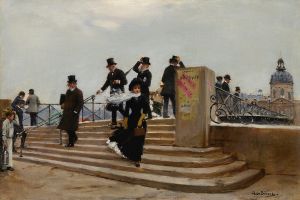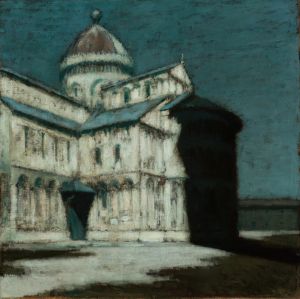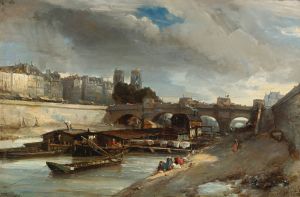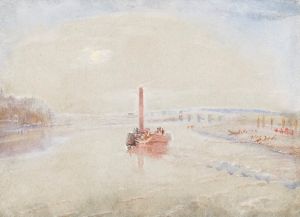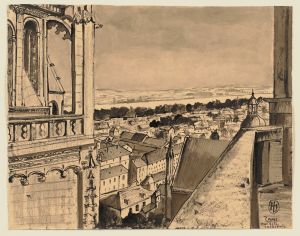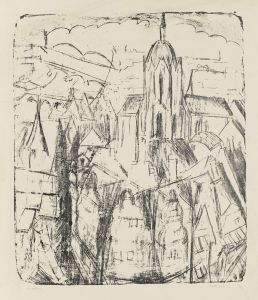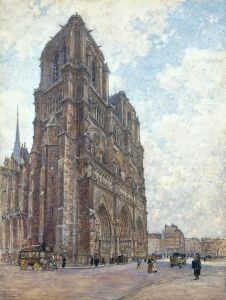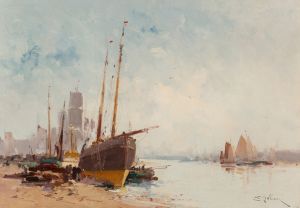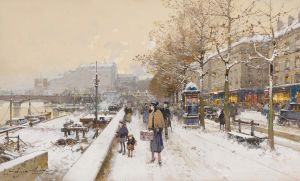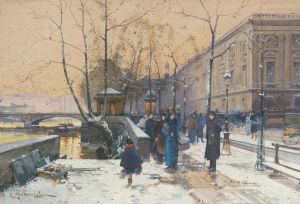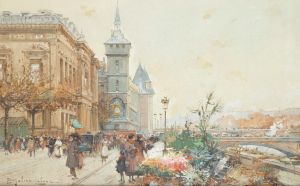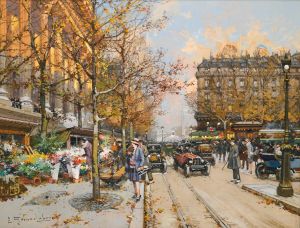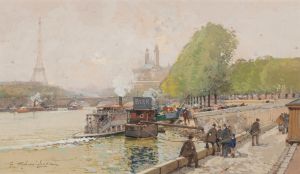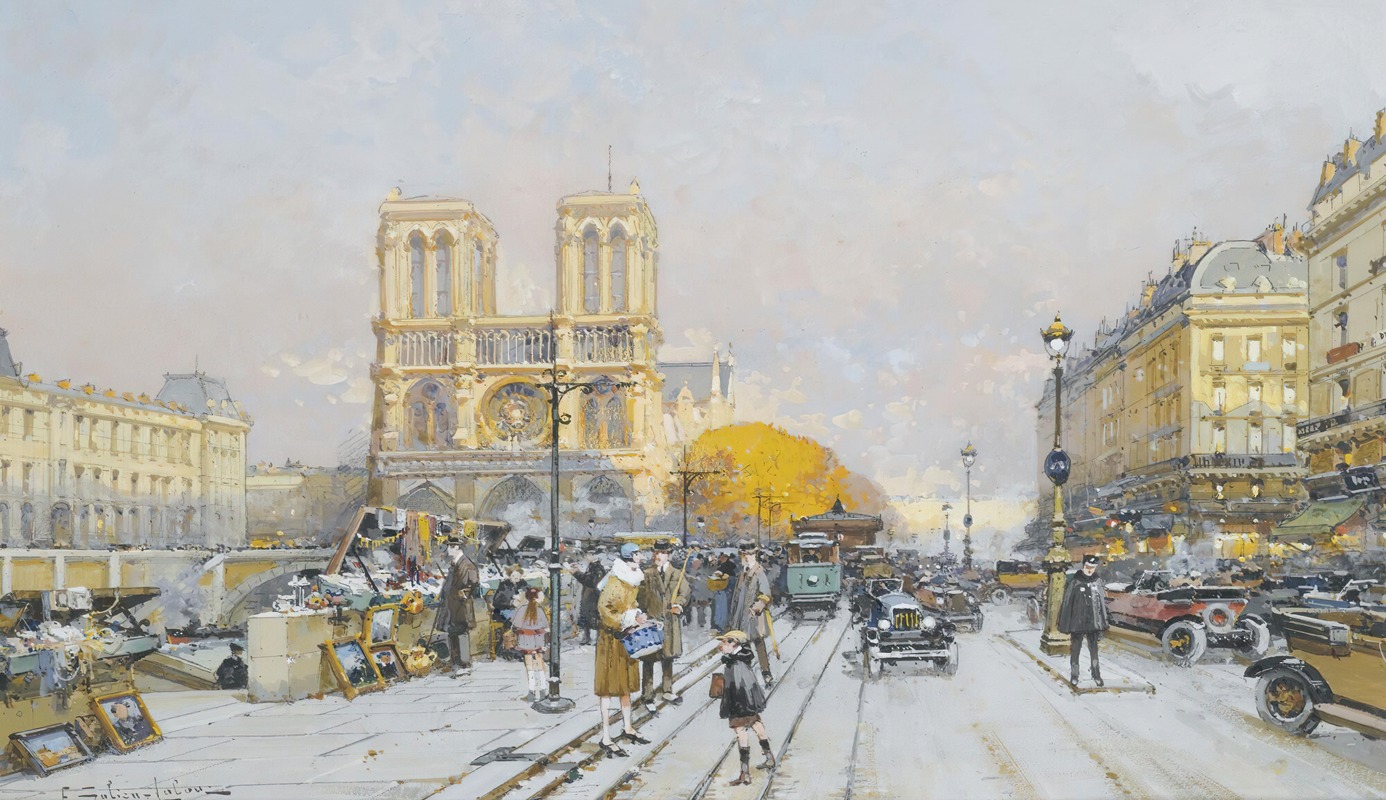
Notre Dame
A hand-painted replica of Eugène Galien-Laloue’s masterpiece Notre Dame, meticulously crafted by professional artists to capture the true essence of the original. Each piece is created with museum-quality canvas and rare mineral pigments, carefully painted by experienced artists with delicate brushstrokes and rich, layered colors to perfectly recreate the texture of the original artwork. Unlike machine-printed reproductions, this hand-painted version brings the painting to life, infused with the artist’s emotions and skill in every stroke. Whether for personal collection or home decoration, it instantly elevates the artistic atmosphere of any space.
Eugène Galien-Laloue was a French artist known for his paintings that capture the essence of Parisian life in the late 19th and early 20th centuries. His works are celebrated for their detailed and atmospheric depictions of urban scenes, often featuring bustling streets, iconic landmarks, and the changing seasons. Among his many subjects, the Notre Dame Cathedral in Paris was a recurring theme, reflecting his fascination with the city's architectural and cultural heritage.
Galien-Laloue was born on December 11, 1854, in Montmartre, Paris, and he began his artistic career at a young age. He was influenced by the Impressionist movement, which was gaining prominence during his formative years. However, his style is often described as more aligned with the Post-Impressionist and Academic traditions, characterized by a focus on detail and a more structured composition.
The painting "Notre Dame" by Eugène Galien-Laloue is a testament to his skill in capturing the vibrancy and charm of Paris. While specific details about this particular painting are not extensively documented, it is consistent with his broader body of work, which often features the Notre Dame Cathedral as a focal point. Galien-Laloue's paintings of Notre Dame typically highlight the cathedral's Gothic architecture, with its iconic flying buttresses, rose windows, and twin towers. He often depicted the cathedral from various angles, showcasing its grandeur and its integration into the urban landscape of Paris.
Galien-Laloue's technique involved the use of gouache, a medium that allowed him to achieve a luminous quality and fine detail in his work. His paintings frequently include figures going about their daily lives, adding a narrative element to the scenes. The inclusion of people, carriages, and street vendors in his paintings of Notre Dame not only brings the scene to life but also provides a glimpse into the social and cultural milieu of the time.
Throughout his career, Galien-Laloue exhibited his work at various salons and galleries, gaining recognition for his ability to capture the spirit of Paris. His paintings were popular among collectors, both in France and internationally, and they continue to be sought after by art enthusiasts today. Galien-Laloue's work is appreciated for its historical value, offering a window into the past and preserving the memory of a bygone era in Paris.
Eugène Galien-Laloue passed away on April 18, 1941, but his legacy endures through his art. His paintings of Notre Dame, along with his other works, remain a testament to his talent and his love for the city of Paris. They continue to be celebrated for their beauty, their attention to detail, and their ability to evoke the atmosphere of a vibrant and dynamic city.





